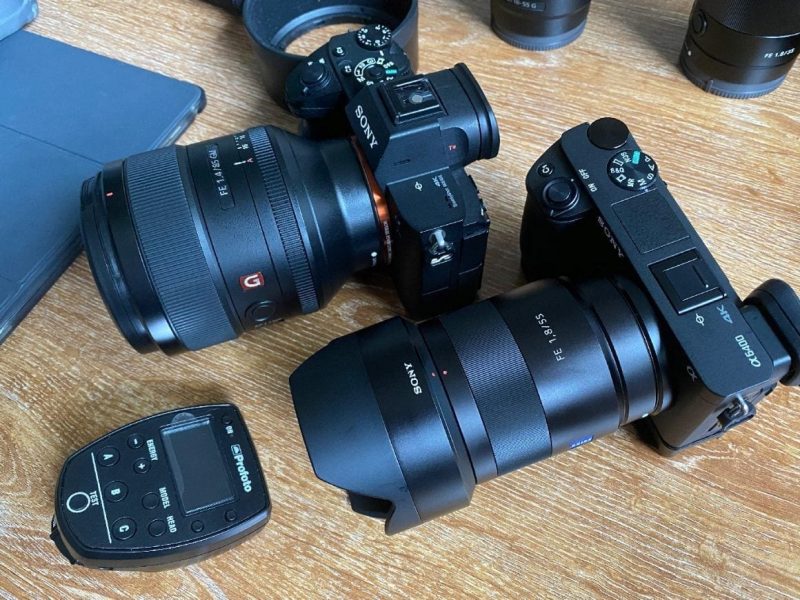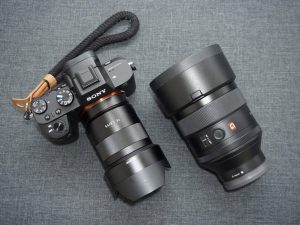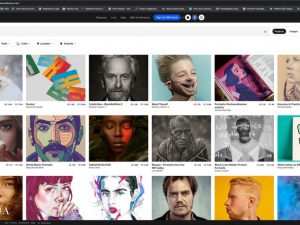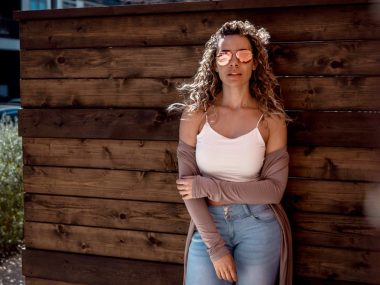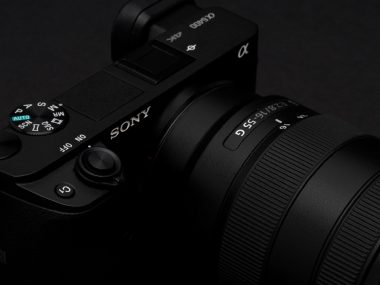Hands down the biggest question I get asked from other photographers and beginners is what lens do I use for portraits.
As if there is a right or wrong answer and you’re scared to get it wrong. I’m here to tell you that it’s easier than you think once you get in some practice.
What lens do I use for portraits
What lens do I use for portraits? You can use prime lenses like the 35mm, 50mm, 85mm or even the 135mm for portraits. If you prefer zoom lenses, then you can use the 24-70mm or 70-200mm for portraits as these are standard to the industry. If you’re looking for a blurry background or soft bokeh, then use a faster lens with a maximum aperture of f2.8 or higher.

You’ve got some choices when it comes to shooting portraits, so let’s discuss the differences between these lenses and see how we can find the best lens for your style.
The best portrait lens for Sony mirrorless cameras is the Sony 85mm f1.4 G Master lens
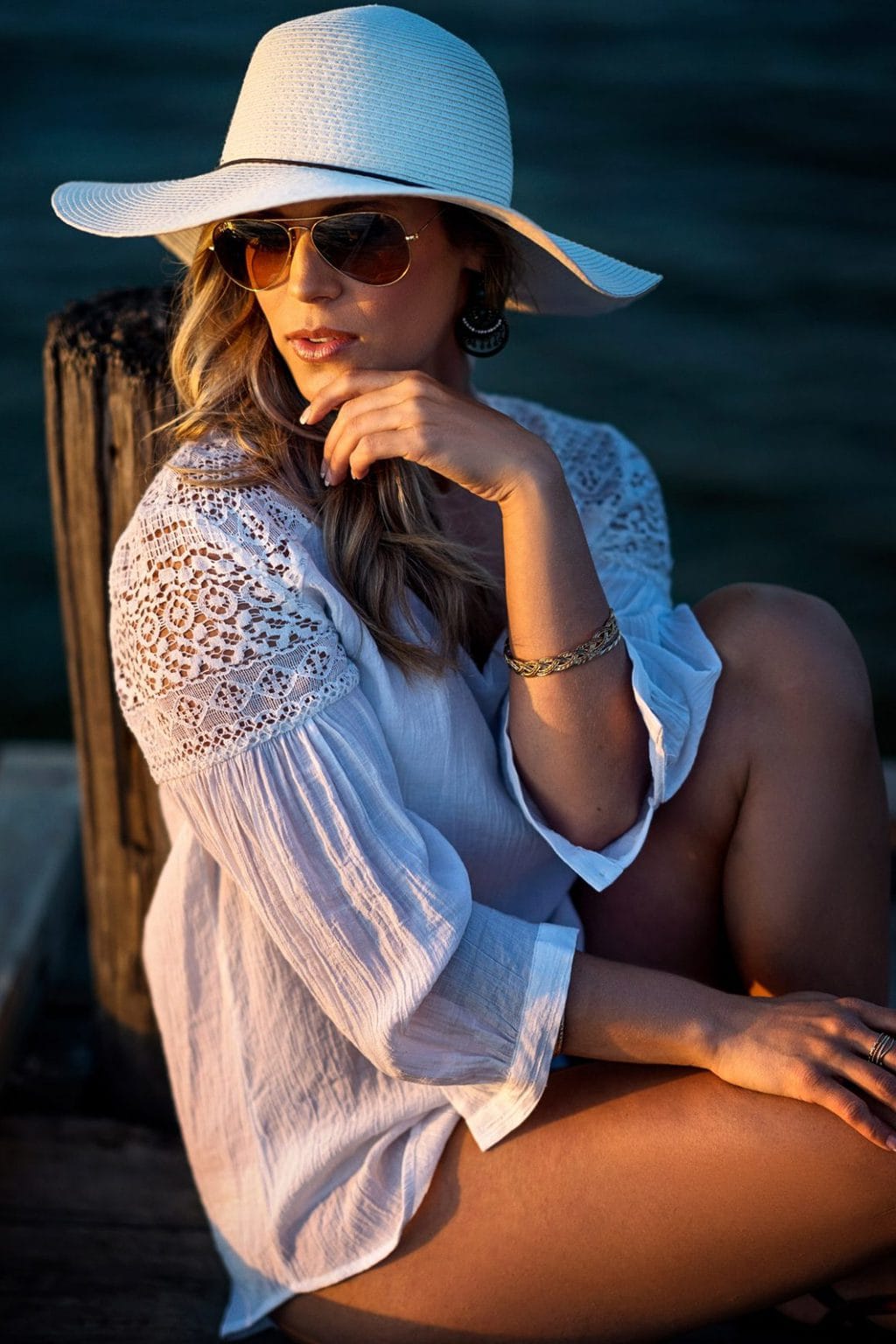
Let’s get this question out of the way. What is the best portrait lens according to the technical photography community?
Many photographers will tell you it is the 85mm f1.4 prime lens.
These focal lengths tend to have minimal distortion, and provide lens compression to make your subjects features look more natural in your composition.
If you’re looking for a technical answer, then look for an 85mm f1.4.
If your camera brand does not have one, then find something close to these focal lengths.
This will give you smooth creamy bokeh and maximize subject separation in your portraits. It’s a very popular style and your subjects will love it.
The best zoom lens for portrait photography is the Sony 24-70mm f2.8 G Master lens
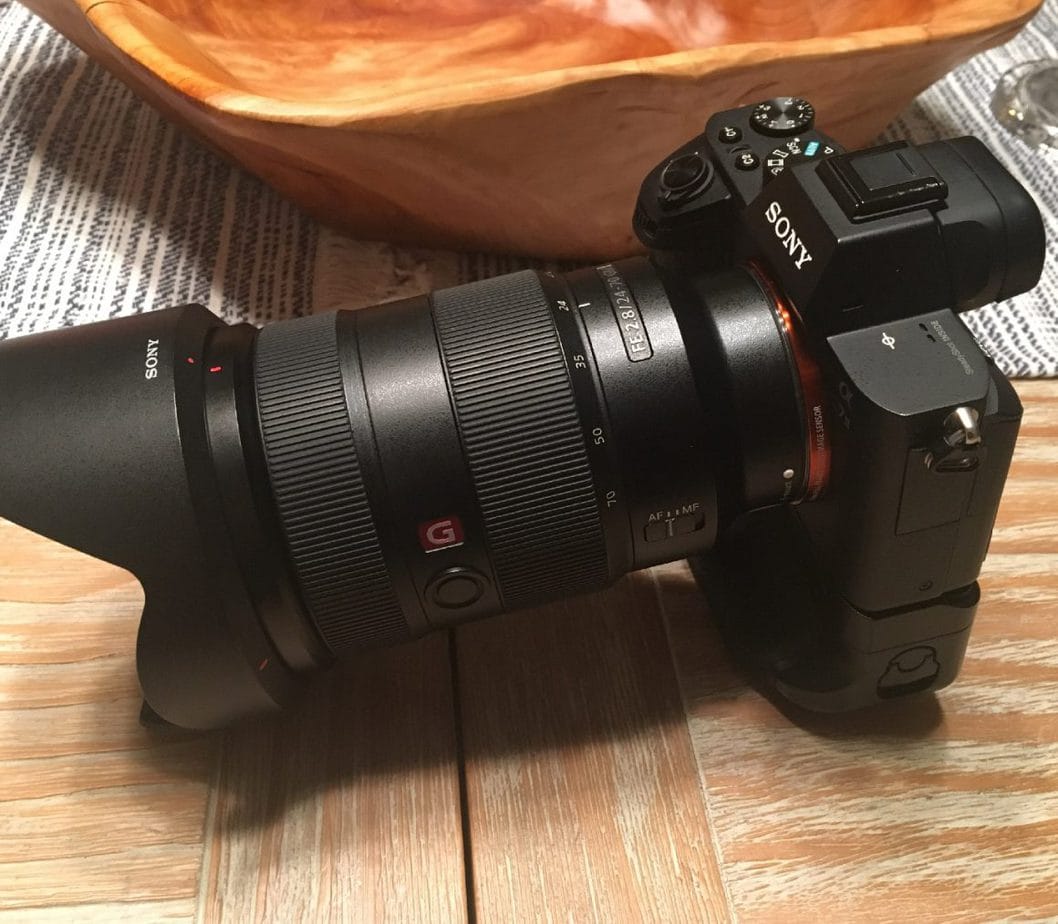
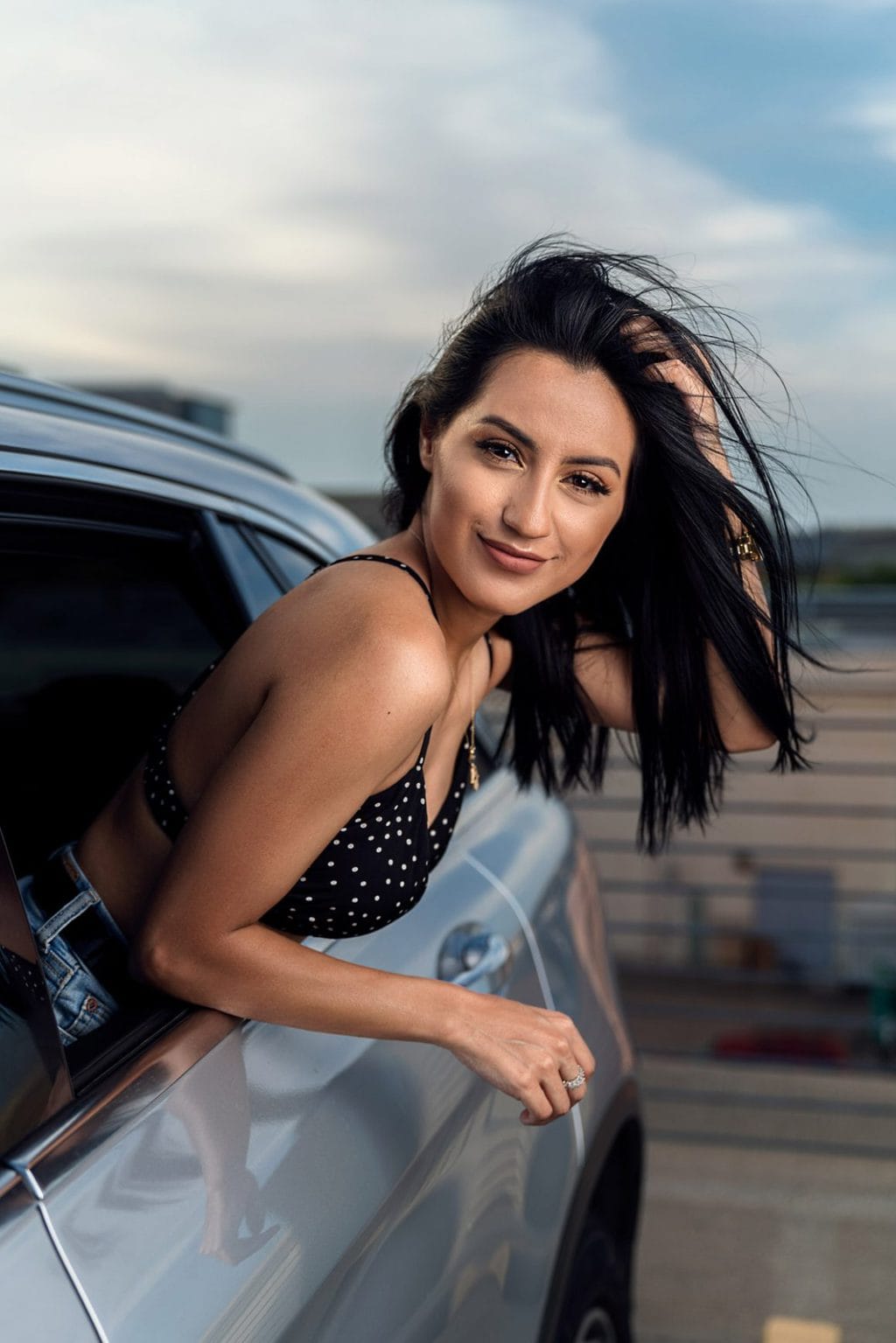
The most popular zoom lenses are the 24-70mm f2.8.
This lens covers very common focal lengths and can be used to take other photos besides portraits so you don’t have to change lenses like you do with primes.
Again, these are the most common answers based on what I have seen and studied when it came to portraits and what lens I am supposed to use.
If that’s what you came for then best of luck, but stick around if you want a few more choices.
Learning about lenses from professionals
The technical photography community will sway you towards pretty standard and safe answers for choosing lenses.
I picked my favorite lenses based on the work of my favorite photographers and doing some research.
I would follow my favorite photographers on social media and see if they would tell others about the equipment they were using.
This way I could see just how a photo was taken and sometimes even the settings used.
I quickly realized and started recognizing the focal lengths being used based on their looks, and I used this knowledge to start creating my own style.
It’s not always about what other photographers say you should use. It’s about the look you are trying to achieve and creating a style of your own.
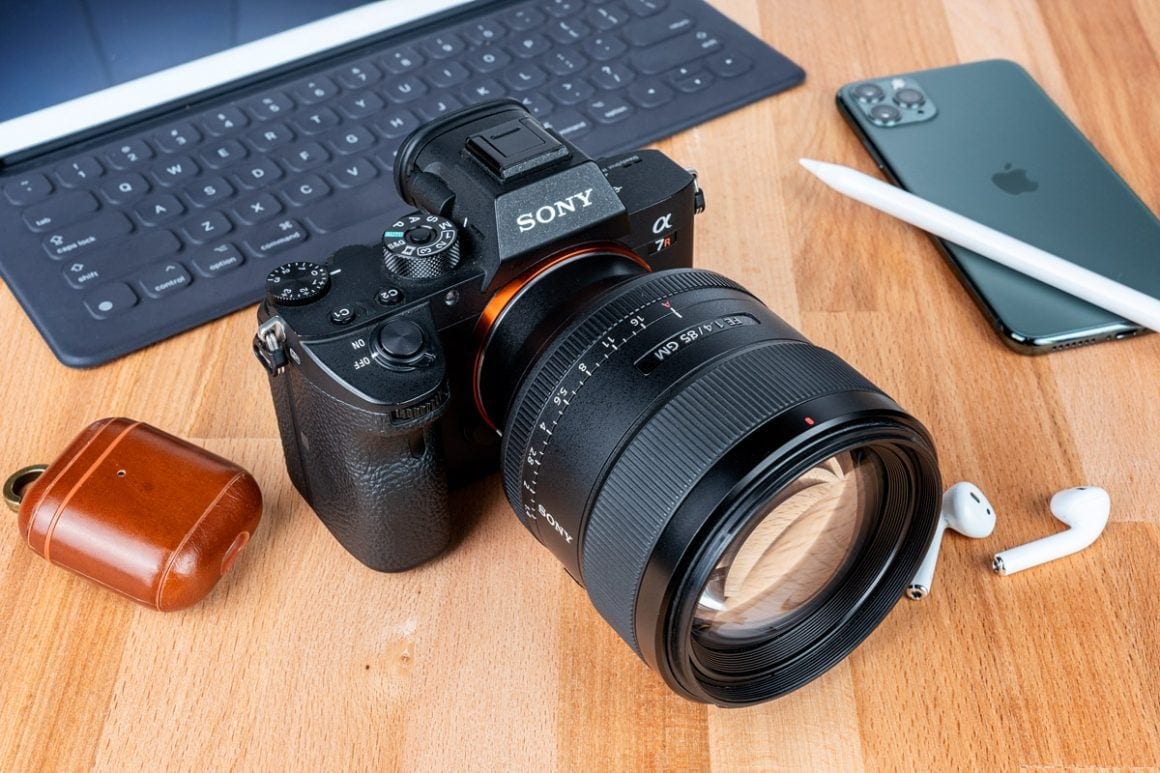
Portrait lens basics for beginners
Let’s break this down into prime lenses and zoom lenses.
Each has its own pros and cons but there is no right or wrong answer to these options.
When I first started out, I rented different lenses for a weekend to see what these lenses produced and how I liked to shoot.
Prime lenses for portrait photography
A prime lens is a lens with a static or fixed focal length. Common prime lenses are the 35mm, 50mm, 85mm, and 135mm. Each can have a different max aperture, but the focal length stays constant.
This is where the term “zoom with your feet” applies. The lens does not zoom in or out so you will need to move around your subject in order to change your composition.
Prime lenses are generally known to be slightly sharper than zoom lenses and have wider apertures such as f1.4 or f1.8. If you’re looking to maximize bokeh or background blur, then I would suggest starting with a prime lens for your portraits.
Don't Miss This
Zoom lenses for portrait photography
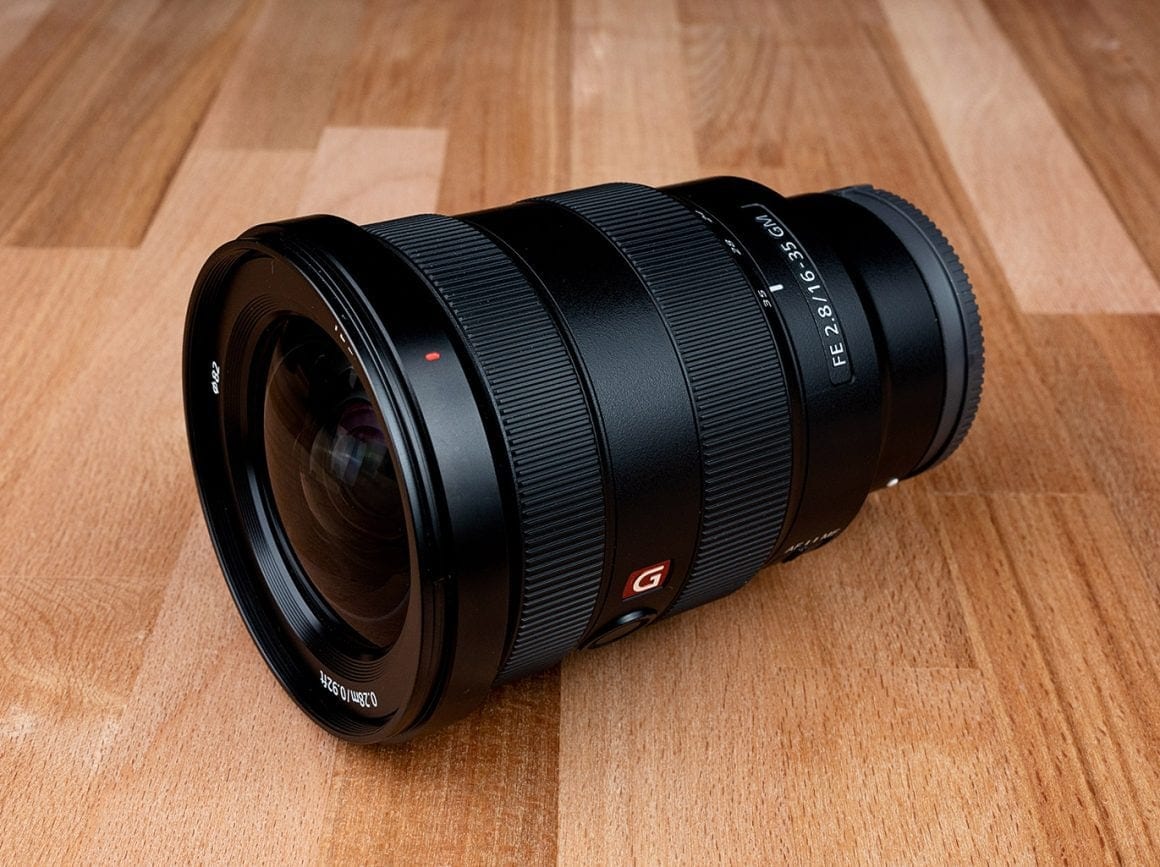
A zoom lens is a lens featuring multiple focal lengths in a single body. For example, a standard 24mm-70mm zoom lens can shoot wide (24mm) or telephoto (70mm).
The lens has a zoom ring or zoom function built into the body so you can turn and get the desired look.
Common zoom lenses include the 16mm-35mm, 24mm-70mm, and the 70mm-200mm.
Zoom lenses come with different max apertures and sometimes the aperture will change based on what focal length you are using.
Larger aperture zoom lenses (f2.8) are higher on the price scale compared to variable aperture lenses.
This is due to construction and the amount of glass in the lens needed to maintain the constant focus and aperture.
You can benefit from having a zoom lens because you don’t have to move around a subject as much to change your composition.
You can simple go wider or closer when turning the zoom ring on your lens. This will also give you a larger variety of shots with minimal movements.
Why does Aperture or F-stops of a lens make a difference
Aperture is defined as the amount of light that passes thru the opening of the lens onto the sensor. This is measured and referred to as F-stops.
- The wider the opening of the lens, the smaller the number. (ex: f1.4, f1.8, f2.8, f4.0)
- The smaller the opening of the lens, the higher the number. (ex: f8.0, f16.0, f22.0)
I know, read that again and let that sink in. For example, a f1.4 aperture will collect lots of light and will give you very small depth of field and a very blurry background.
A f16.0 aperture will be a very small opening and will severely limit the amount of light that can go thru the lens and onto the sensor.
What lens do I use for portraits
I use the Sony 85mm f1.4 G Master lens and the Sony 55mm f1.8 lens for portrait photography. If I can only have a single lens, then I use the Sony 24-70mm f2.8 G Master lens.
All these lenses are top performers and can get quick autofocus when using for portrait photography.
Sony prime lens examples for portrait photography
Let’s take a look at some of the basic starter prime lenses that are used for portraits by many photographers.
Sony 24mm f1.4 portrait lens
The 24mm prime lens is considered a wide-angle lens and is usually paired with landscape photography or even general street photography.
It isn’t generally known as a portrait lens, but I am adding it to the list. The wide focal length allows for capturing your environment and the details around your subject.
When using the 24mm for portraits you’ll need to keep your subject within the center of the frame.
The distortion of the wide focal length will make anything close to the edges of the frame look longer or distorted.
This can provide a creative look to your portraits, but keep in mind if you shoot close to your subject, then their features might get distorted in the frame.
You can also take a wide shot and crop into the image in post-production to get a tighter crop in your portraits.
Some photographers may tell you that this focal length is too wide for portraits, but it would be a shame if you didn’t try it for yourself. It is wide, but this can be a very creative focal length.
Sony 35mm f1.8 portrait lens – The story teller lens
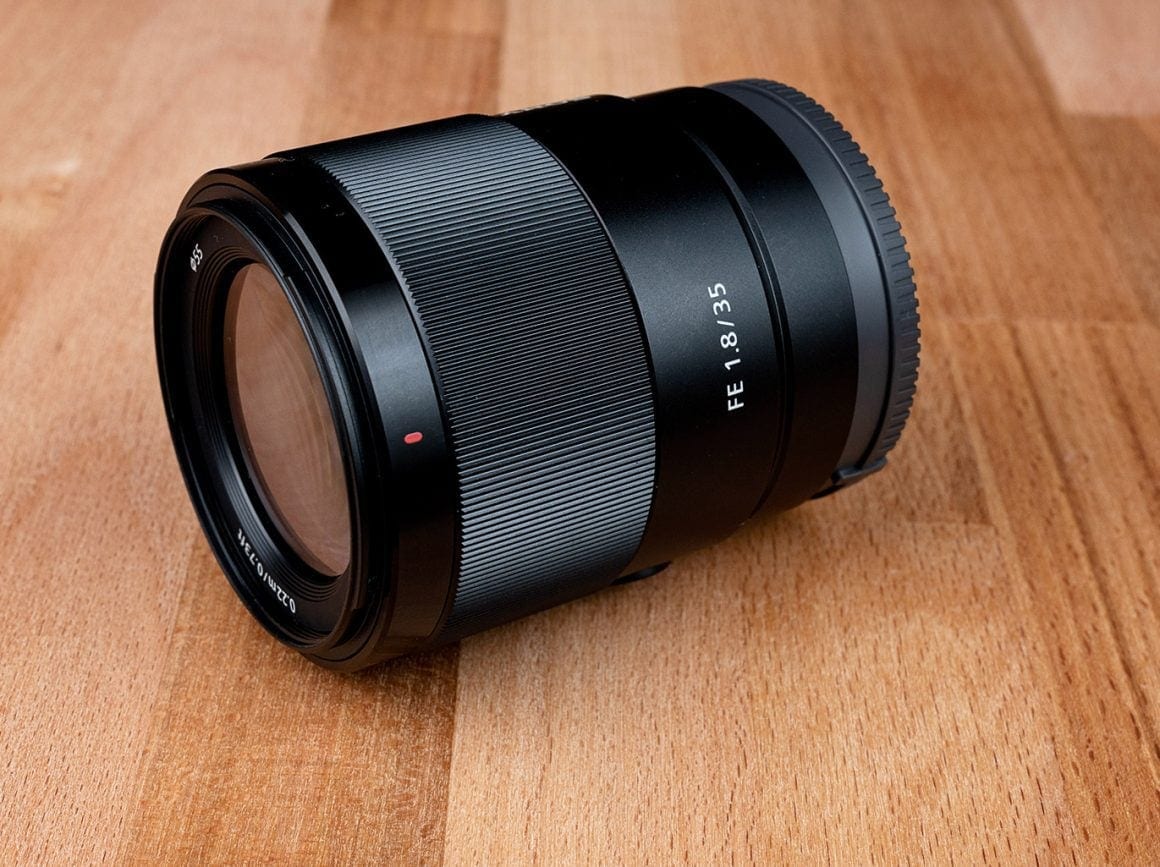
A very standard and popular focal length in the creative world, the 35mm prime lens is a great all-around focal length.
The 35mm range will allow you to get more of the environment with your subject.
They call this the story telling lens because it helps the viewer see more of the area your subject is placed in.
When using a 35mm make sure you have a nice or simple background that is not too distracting to your main subject in the portrait.
The 35mm is still considered a slightly wide focal length so make sure not to get too close to your subject because of lens distortion.
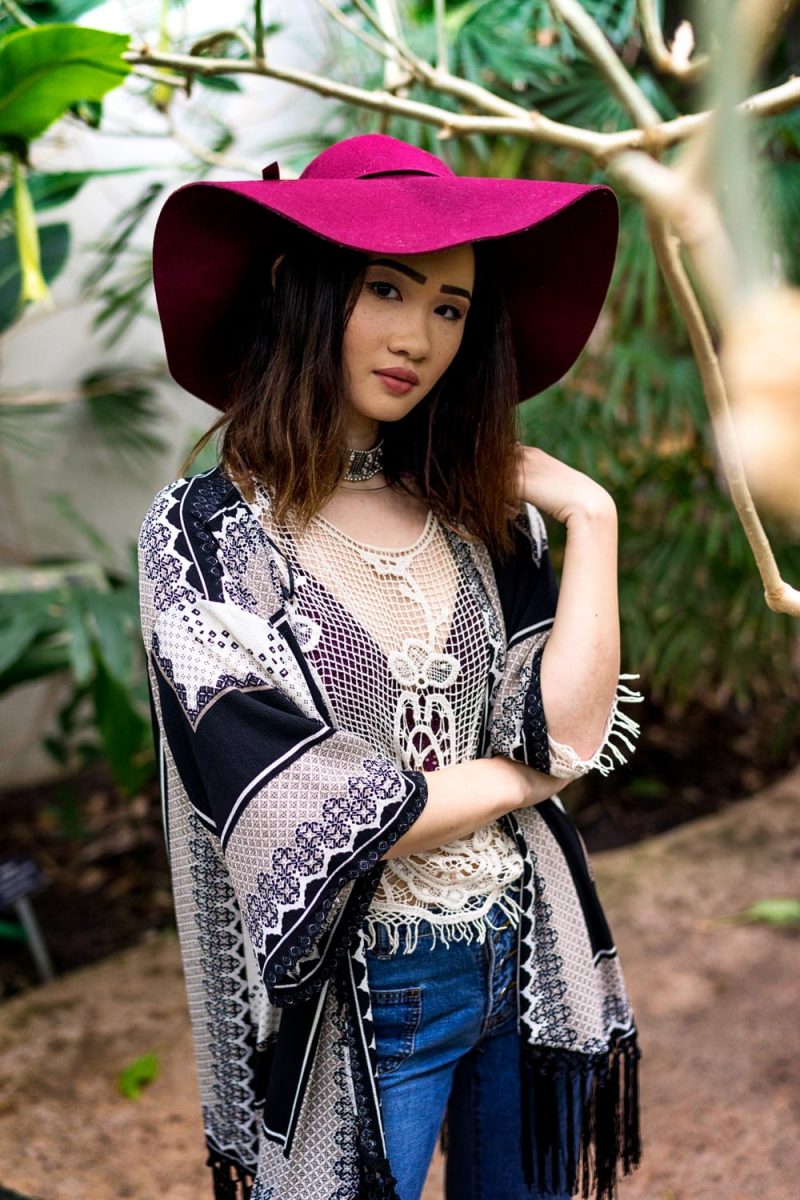
It’s not as prominent as the 24mm but you will need to keep your subject in the middle of the composition so the edge distortion doesn’t make them look un-natural.
The 35mm is one of my favorite lenses to shoot with so go out and practice and I’m sure you will fall in love with this focal length as well.
Sony 55mm f1.8 portrait lens (nifty-fifty)
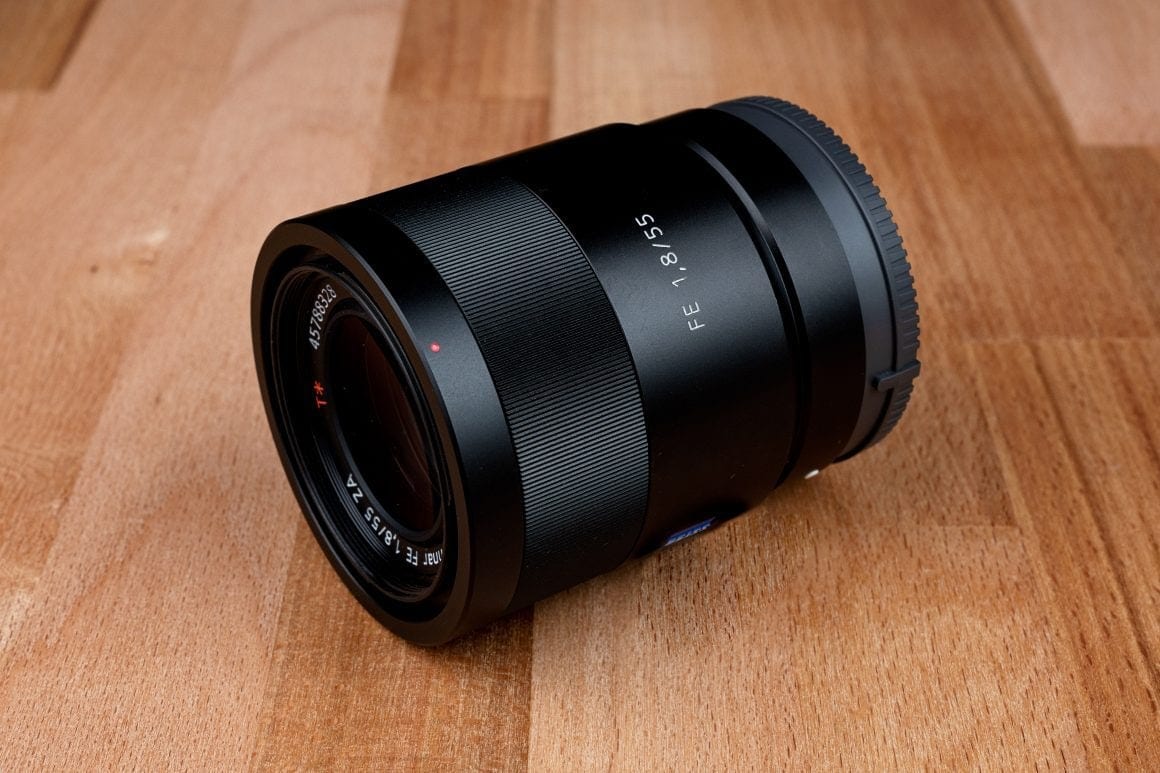
The nifty-fifty is a great starter lens for beginner photographers. This offers a good balance of wide and telephoto looks.
You can still get wide shots in small limited spaced areas and also get close up shots for detailed portraits with the same lens.
The first lens I invested in was the Sony 55mm Zeiss f1.8 lens and this stayed on my lens exclusively for the first 1.5 years of shooting.
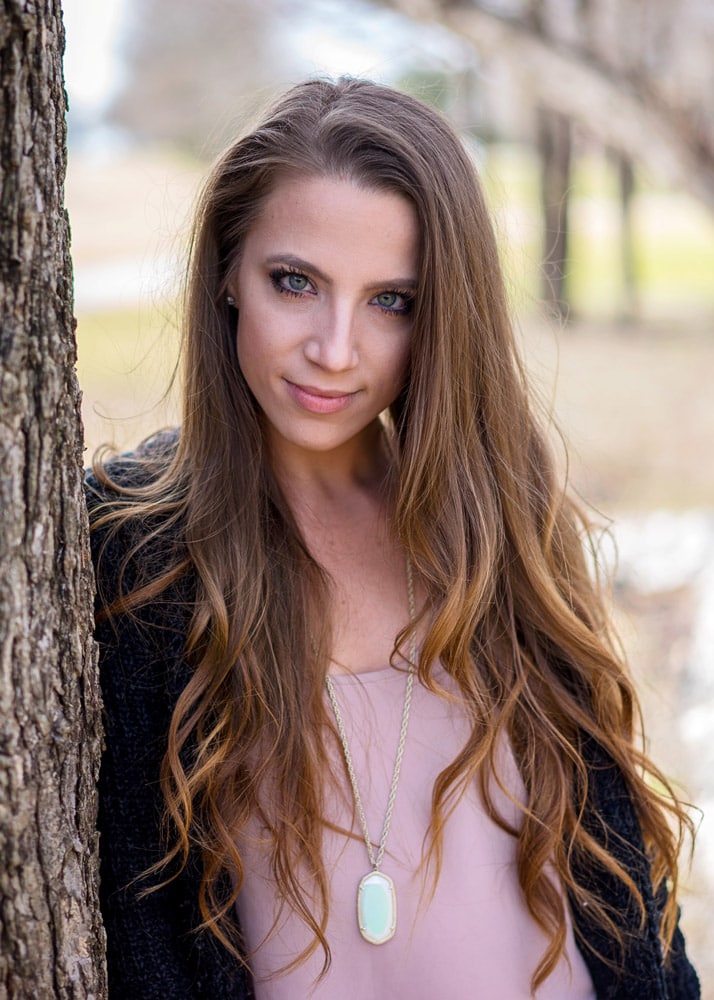
I had one camera and one lens and shot natural light. I used this setup to improve my portrait photography thru many shoots.
The Sony 55mm is still in my camera bag and is still one of my favorite lenses to date.
The 50mm is not the most creative lens but it is a perfect beginner lens due to the availability of 50mm lenses and prices.
Every camera brand has a 50mm lens with some apertures maxing out at f1.4 and prices staying reasonable for every budget.
Sony 85mm f1.4 G Master portrait lens
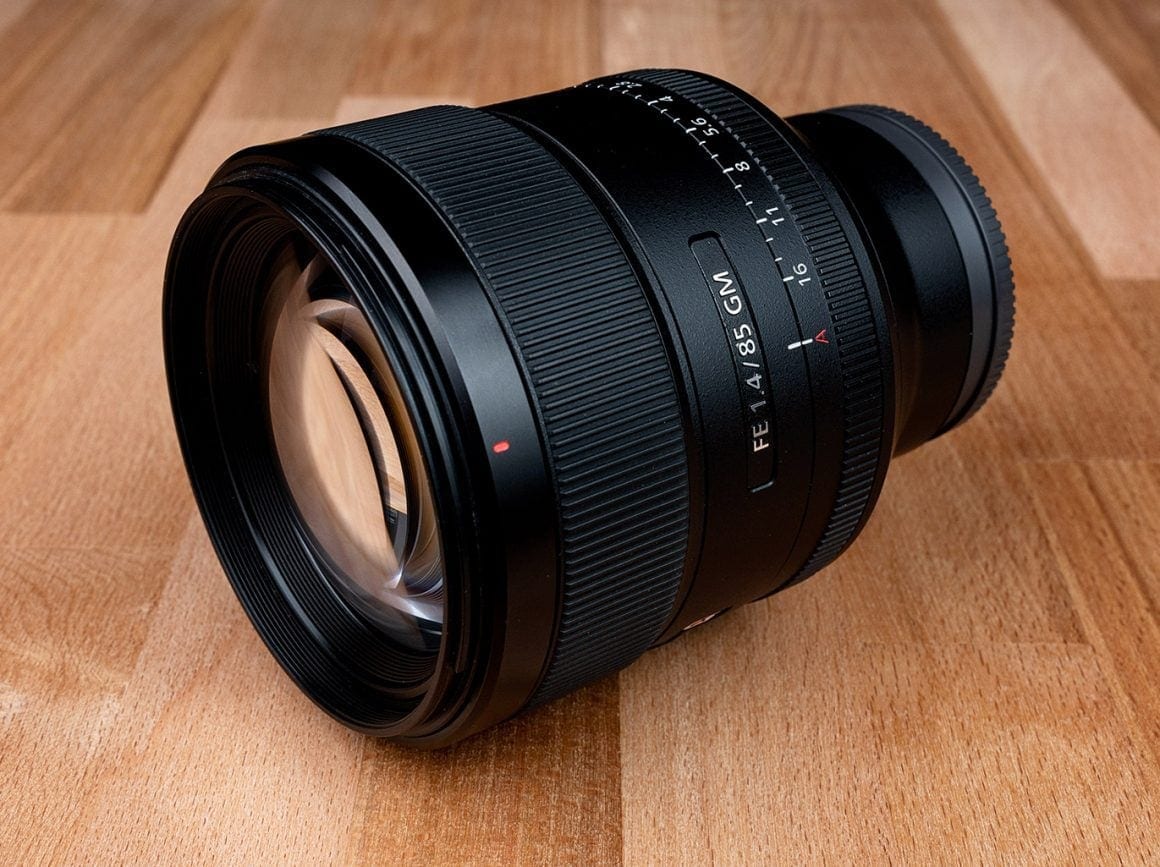
The 85mm lens is known widely as a portrait lens. The telephoto focal length combined with lens compression gives a flattering look to your subjects in portraits.
The 85mm does require you to stand back a little further than a 50mm or 35mm so you will need space to work.
If you’re shooting with a larger aperture like a f1.4 or f1.8 then you will need to keep in mind focus due to the shallow depth of field.
You can easily get one eye in focus and the other eye blurred when shooting too close or at such a shallow depth of field.
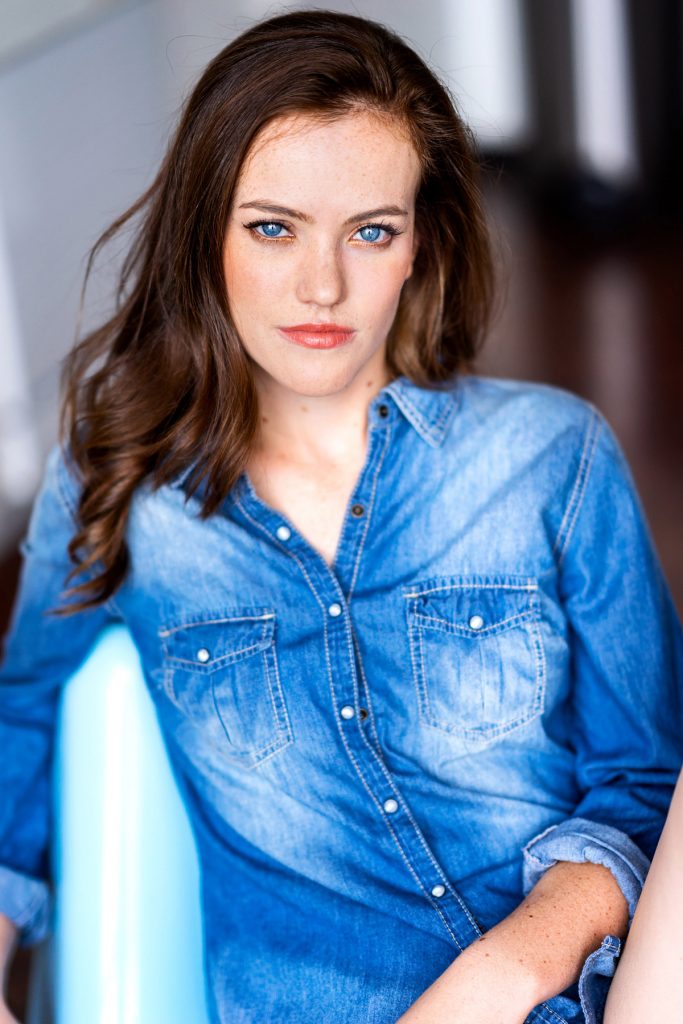
The 85mm at a large aperture can provide very smooth and creamy bokeh or background blur and is a staple in the bag of many portrait photographers.
The subject separation can be drastic and provide a unique look to your portraits.
I have the Sony 85mm f1.4 G Master lens and I shoot with it often in natural light.
I can also shoot in sunset scenarios without having to raise the ISO since the lens lets in plenty of light when shooting wide open.
Sony zoom lens examples for portrait photography
Now, let’s take a look at some popular zoom lens choices that are popular among photographers.
Sony 24-70mm f2.8 portrait lens
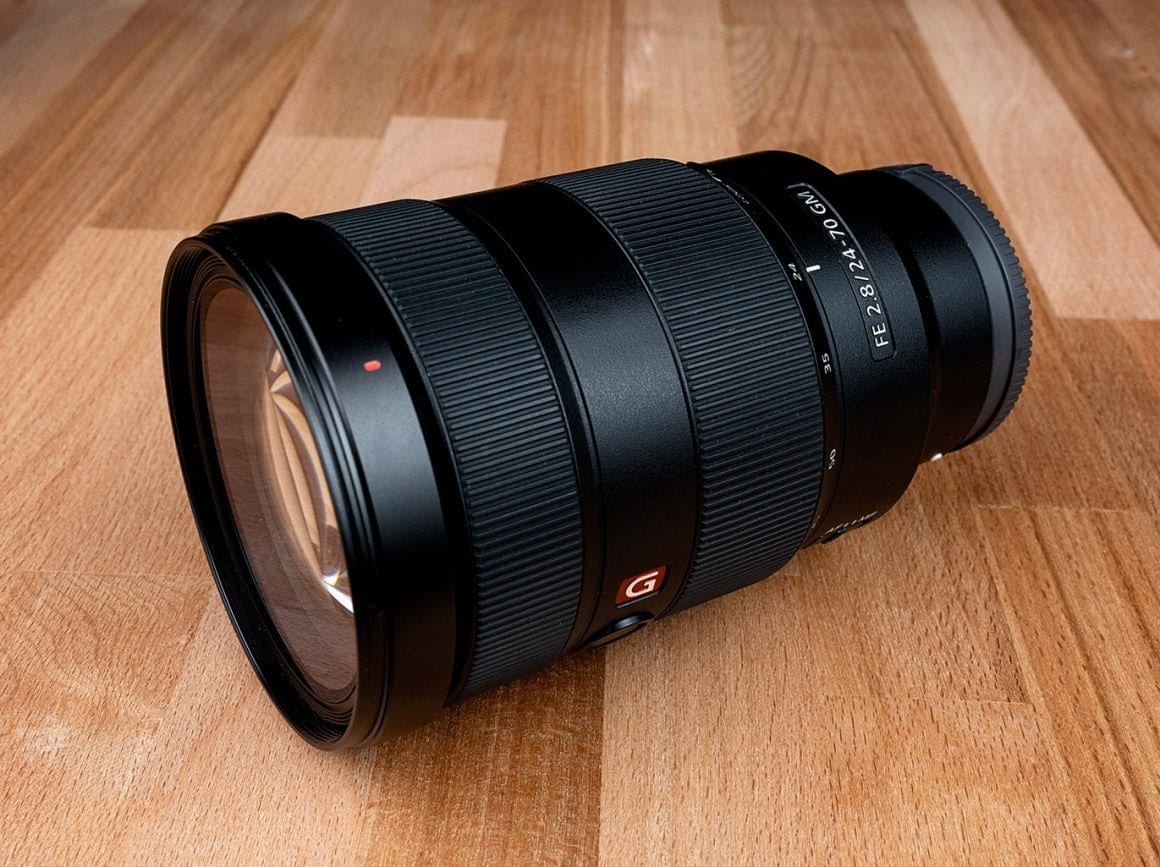
A favorite of portrait and wedding photographers, the 24-70mm zoom lens is one of the most common lenses in photography.
The wide angle of the 24mm and the 70mm telephoto end provide you with multiple options for your composition.
This lens is a good choice for beginners who want the versatility of capturing wide and close up portraits.
Paired with a f2.8 aperture, you will still get smooth and soft background blur or bokeh.
You can even get nice background blur with shooting at higher apertures like f4.0 or f5.6 and using the longer telephoto end.

The 24-70mm tends to be a larger lens body when compared to a prime lens. It is also a heavier build so keep that in mind when choosing a zoom over a prime.
Many of my portrait shoots only last 2 hours or less, but longer shoots will require you to hold larger lenses for a longer period of time and this can get tiresome pretty quick if not prepared for it.
If you could only have one lens in your kit, then I would recommend a 24-70mm f2.8.
You will not need to upgrade or purchase anything else for awhile as this focal length will cover many of your needs.
Sony 70-200mm f2.8 G Master portrait lens
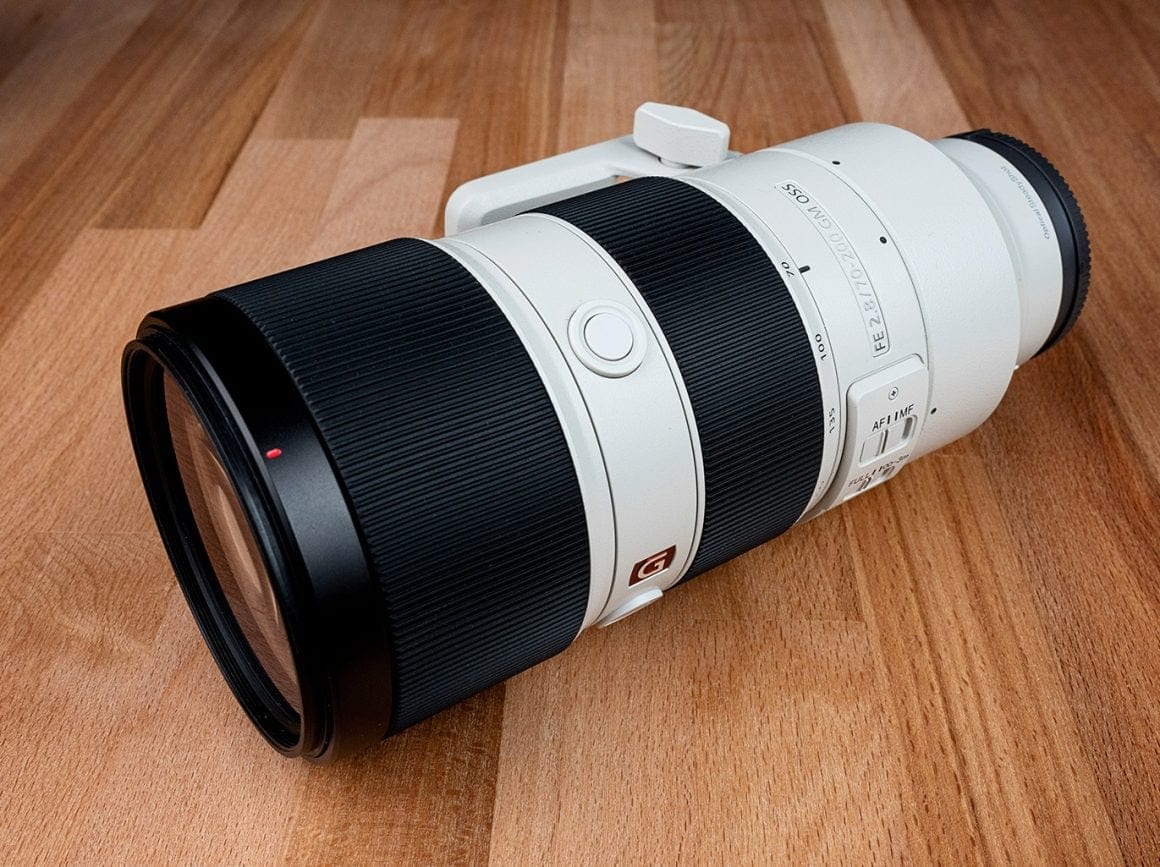
Another popular choice for portrait photographers is the 70-200mm lens.
This will require you to have plenty of space for portraits but you’ll be able to get really close shots of your subject.
This lens is the heaviest of the lenses I’ve gone over but it is also one of the most sought after. Wedding photographers use this lens just as much as the 24-70mm.
The focal lengths of 70-200mm provide excellent lens compression making your subject look closer to larger objects that are further away.
With a f2.8 aperture, you can also get very defined depth of field and separation of your subject.
This lens choice will also be one of the most expensive of these choices but it is an investment tat you will not regret.
Full Frame vs Crop Sensor vs Micro four-thirds
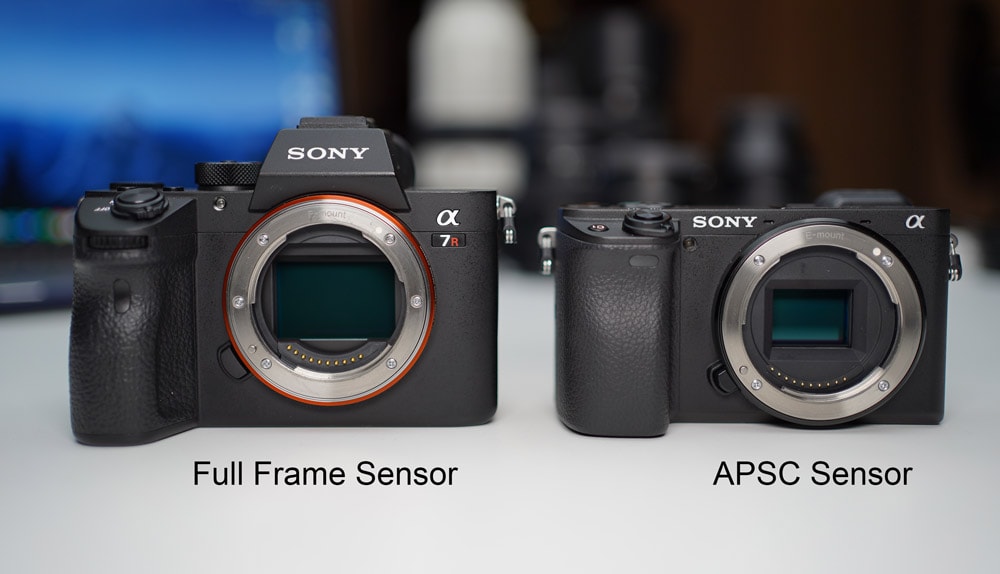
The majority of these lenses are for the focal length of standard 35mm sensor cameras.
In the Sony e-mount system, you can put full-frame lenses on crop sensor bodies but you will need to account for the 1.5 crop factor of the smaller sensor.
This allows for flexibility to use your lenses on different cameras but you need to know what type of focal length you will be getting
Every camera brand is different, so make sure to do your research and see if the lens choice you want is for full-frame.
If not, it may actually be a slightly different focal length on different cameras.
What lens should beginners buy for portrait photography
I would recommend buying the Sony 55mm f1.8 prime lens if you are wanting a small light weight option for portrait photography.
Many are sharp and will provide beginner portrait photographers will smooth background blur and the ability to get some of the environment around the subject in frame.
If you want versatility and have the budget, I would recommend getting a 24-70mm f2.8 lens for beginner portraits.
The versatility of a zoom lens is functionality that every new portrait photographer should have.
How much do Sony portrait lenses cost
Believe it or not, you can get away with using a kit lens for portraits. I know many photographers who never go past the kit lens and still create some amazing work.
If you want to create higher quality portraits, you’ll need to invest in better lenses for sharper details.
Many lenses start around $300 and can go to over $2000. This does not mean you need to spend that much on a single lens. Rent a few lenses first for a few days to see what works best for you.
Analyze the results and get a feel for the weight combination of the lens and camera combo.
There is no right or wrong lens choice for portraits. Just keep in mind the unique look of each focal length and make this work to your advantage.
Don't Miss This
Can you rent Sony cameras and lenses online?
Yes. If you’re stuck on the fence and don’t know which lens to choose, then start with renting. You can easily rent from places like lensrentals.com or borrowlenses.com and try out multiple options to see what is right for you.
Just go online and schedule for the days you want to have the equipment and have it sent to your door.
When you’re done, you just take the equipment to the post office or have it picked up. Pretty easy way to try out new equipment.
How to get started in portrait photography
If you have a local camera store, swing by and see if you can test out some of the lenses in store. Make sure to bring your camera.
Ask around or reach out to some of your favorite photographers. Many will let you know what they use and how they like to shoot.
YouTube is a great place to see tons of lens reviews and styles that you can get from different lenses.
My favorite portrait lenses
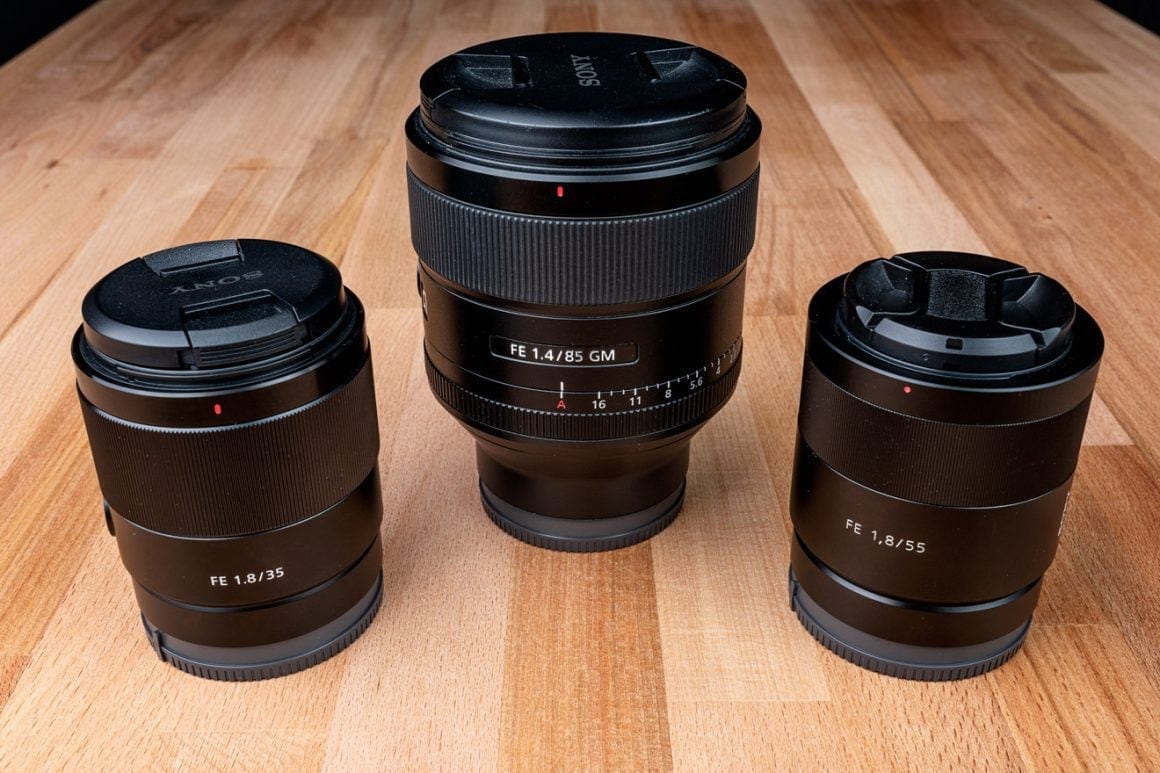
My favorite portrait lens is the Sony 55mm f1.8 Zeiss lens. It’s a small light-weight lens that is super sharp on my Sony a7riii mirrorless camera.
This lens has been apart of my collection since the beginning and I have no plans to sell it anytime soon. It allows me to stay close to my model and get some really nice bokeh at f1.8.
Conclusion
Your creativity will ultimately help you create a unique style for every one to see. These lenses are recommendations, but I always recommend going out and doing your research. Find the lens that works best for you and your camera system. Best of luck!
*Affiliate Disclaimer - I am a proud partner of the various affiliate programs including the Amazon.com Affiliate Program. When you click on my links and make a purchase I make a commision which goes to helping me support this blog. Thanks! |

